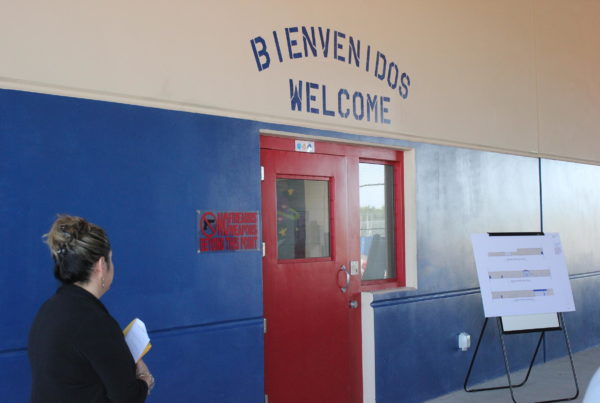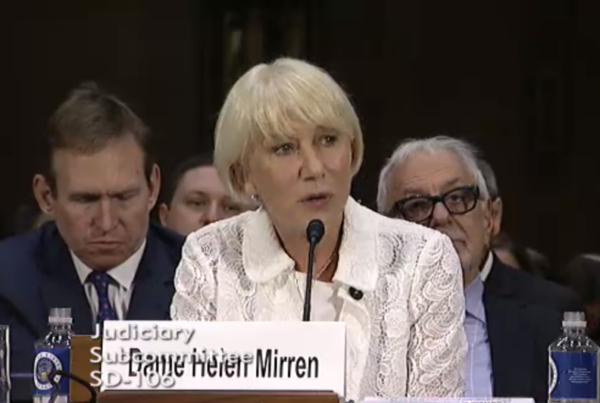This week, comedian John Oliver – host of the HBO news comedy show Last Week Tonight – unilaterally wiped away $15 million worth of outstanding medical bills for about 9,000 Texans.
It was a stunt, of course, for the show, designed to call attention an entire industry of debt buying and selling, but the debt forgiveness from the show was for real. It costs $60,000 out of pocket to do it – or, less than a penny on the dollar.
If that sounds like some kind of magic, there is a certain financial sleight of hand involved, one which most folks don’t quite understand.
Craig Antico, co-founder of RIP Medical Debt, runs the non-profit that uses donations to forgive medical debt. They’re working with John Oliver show to inform Texans whose debts have been forgiven.
In the coming weeks, the group will send letters to the Texans whose debt – one of which was over $200,000 – was wiped out, Antico says. Even before the Last Week Tonight stunt, Antico, who’s been forgiving medical debt for about two years, says the idea seemed strange to him and his co-founder, both of whom had been in the collections industry for decades.
“I thought it was the craziest idea I ever heard of – to buy medical and forgive it,” he says. “It’s like, how do you make any money doing it?”
About $100 billion in medical debt goes unpaid by patients each year, Antico says, about 2.5 to 3 percent of hospitals’ overall expenses. Hospitals hire collections agencies to recover what they can, but often patients and their families can’t pay. Almost 38 percent of working-age Texans are uninsured or under-insured, the highest in the nation, Antico says.
“There’s only so much you can collect when so many of the people are in hardship,” he says.
His group goes into hospitals to scan their portfolio to see which patients are in the worst financial situations, such as spending more than 5 percent of income on medical bills or below the poverty level.
“The hospitals don’t really know – they just look at everybody the same,” he says. “‘You owe me a thousand dollars and I’m going to keep trying to collect it.'”
Only about 10 percent of hospitals nationwide sell off their debt, so the market is small. His group gives hospitals a better deal on their debt by paying them a higher price upfront for it.
Take $1 million in medical debt – regular collections agencies will pay something like 3 percent of that (around $33,000) and circle back around after they’ve collected what they can to give the hospital a cut. But that process can take a year and a half and hospitals aren’t guaranteed additional income.
His group will offer more than $33,000, but they won’t actually try to collect on it.
“If, instead, someone came to you and said ‘Mr. Hospital, I’m going to take this off your hands and I’m going to give you 40, no expense, no nothing,'” Antico says, “it’s a no-brainer.”
Most collectors try to get three times what they paid – so John Oliver’s team would need to collect $180,000 to break even. Instead, they gave 9,000 Texans a big surprise that will be hitting their mailboxes soon.
“There are 100,000 collectors in the country and 50 percent of those are collecting on medical debt,” Antico says. “We’re there to be a resolution to some of it.”















